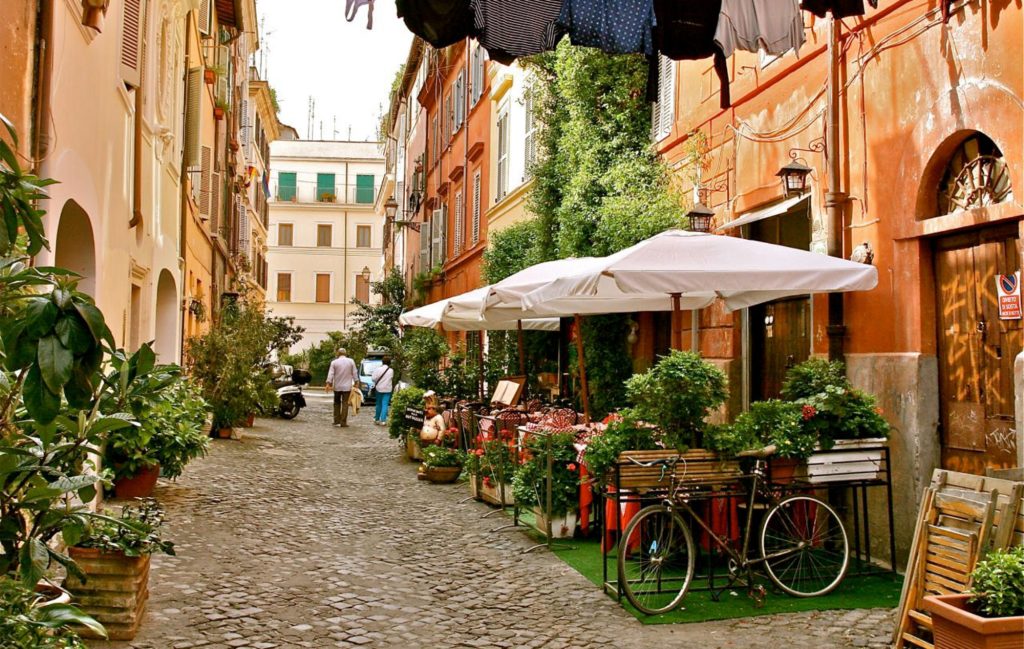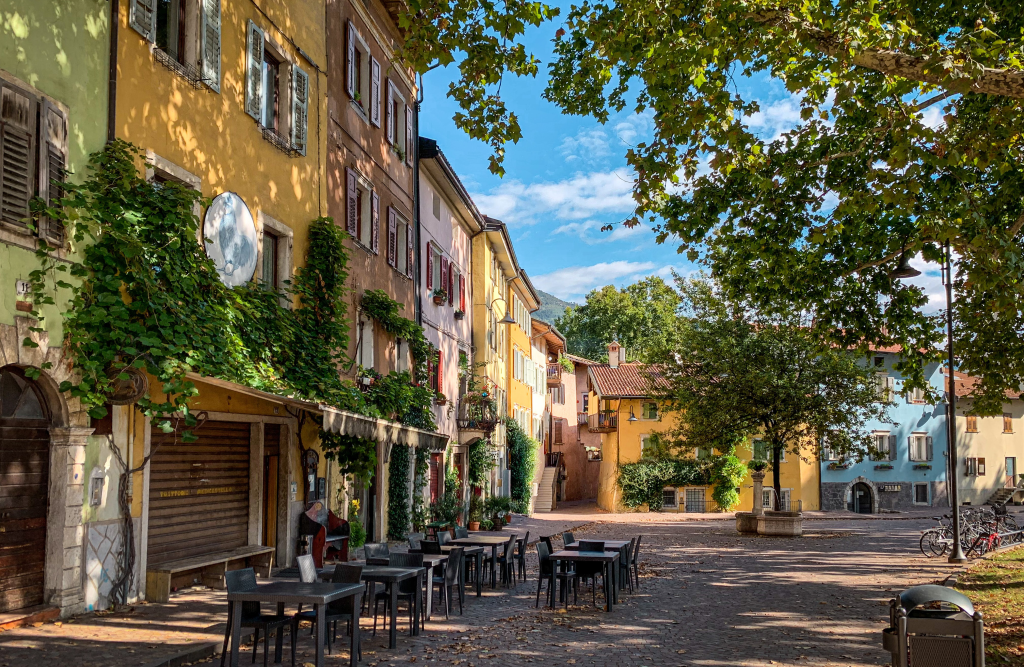Legambiente in collaboration with Il Sole 24 Ore and Ambiente Italia, produced the 28th Urban Ecosystem report on the environmental performance of Italian cities in 2021.
Based on 18 parameters grouped into 6 macro-areas: air, water, urban environment, energy, mobility and waste. Thanks to which they have drawn up a ranking of the most sustainable Italian cities of 2021.
The scores
For each of the 18 indicators, each city obtains a normalized score range from 0 to 100.
The final score is subsequently assigned by indicating a weight for each indicator that varies between 3 and 15 points, for a total of 100. A bonus score is also awarded, equal to one third of the overall weight of the indicators that refer to the chosen area. This bonus is assigned to those cities that stand out in terms of innovative policies, efficient management of resources and results achieved in four areas: water recovery and management, efficiency of public transport management, modal share and waste cycle.
The data taken into consideration are from the year 2020, the year of lockdown periods due to the Covid-19 pandemic. This seemed to have led to an improvement in environmental conditions, but Italy has not seen significant progress, indeed there has been an increase in cars in circulation and a decrease in the use of public transport.
The ranking of the most sustainable cities
In fifth place we find Pordenone, third last year and square two years ago, improves compared to previous years in the losses of the water network, the total production of waste per capita decreases, the trees planted on public property go from 35 last year to 36 trees per 100 inhabitants. It improves above all in the infrastructures dedicated to cycling which are 17, 18 meters per 100 inhabitants.

Fourth is Cosenza, the only southern city to be in the top ten. The Calabrian capital was eighth the previous year, it manages to climb the rankings thanks to good air quality in all the indexes examined. It decreases the consumption and losses of the water network. It also improves in the per capita production of waste and in the index dedicated to efficient land use, but the most important improvement here also concerns cycling infrastructure.
Going from 62% last year to 59.5% now, it worsens in the percentage of waste collected separately.

Mantova is in third place, it had been second for three years, therefore it is slightly worse than in previous years. Decreases more in the spread of infrastructure for cycling, in water consumption per capita and also in land use. The data of the Lombard capital were already good in previous editions, but it still manages to improve the quality of the air, in the total production of waste and in water losses.

In second place is Reggio Emilia, which confirms and increases the numbers of past years, coming close to the podium. The data on atmospheric pollution is excellent, it manages to improve even more in the days when the limits for ozone are exceeded. It remains stable in sustainable energies. The amount of waste produced per inhabitant worsened slightly as did the amount of waste produced per inhabitant, ranking among the worst ever for this index. Separate collection improves, passing from 82.9% to 84.7%.
Reggio Emilia is confirmed as the best for trees planted on public land for every 100 inhabitants which become 50, compared to 46 last year. They also increase the space dedicated to pedestrians and cycling.

The first place
Finally, for the third year in a row Trento takes first place, with 84.71 points out of 100. The percentage of waste collected in a differentiated way is improving, the production of waste by the inhabitants decreases: from 462 kilos per inhabitant to 438. It worsens slightly on days when the ozone limits are exceeded, reaching 44 this year (40 the previous year).
The capital of Trentino is increasingly marked in its path to be as sustainable as possible, in fact, the infrastructure dedicated to cycling is increasing and the index dedicated to land consumption is growing. Trento is committed not only to improve the city, but also to raise awareness among citizens. The city inaugurates a permanent exhibition space called “A plan for sustainability” at the Science Museum of Trento. The exhibition is dedicated to the main factors that lead to changes in the Earth, respect for, the protection of the environment and climate change. There are hypotheses about what the planet might look like in the future, both the best and the worst.

The conclusion of the report invites people to be more aware and start changing. Starting with innovative companies, moving to renewable sources and eliminating fossil sources, changes necessary for the country before it is too late.





